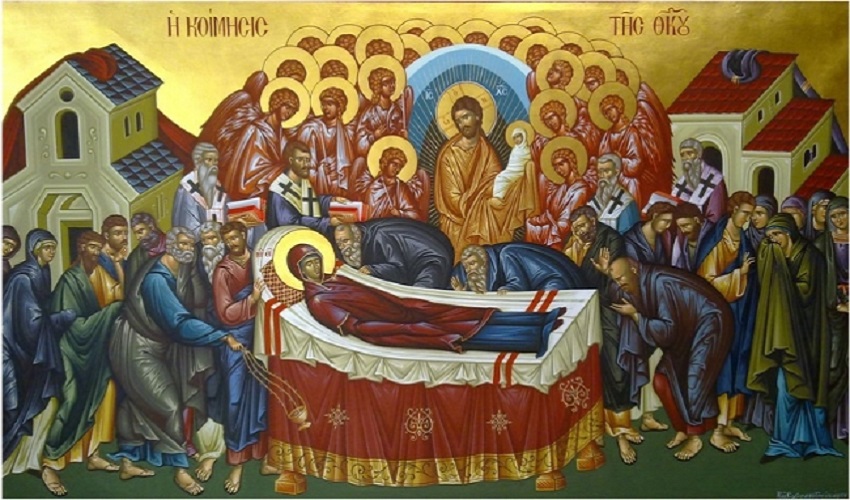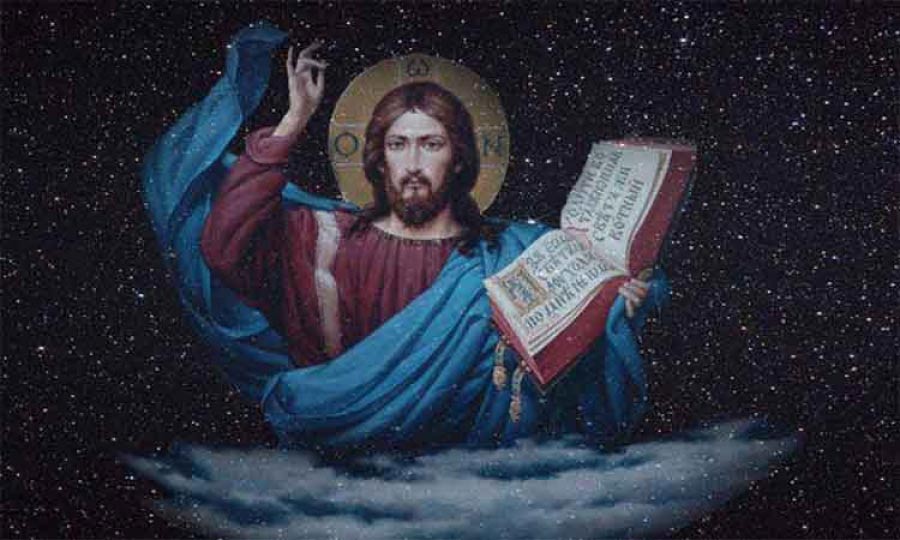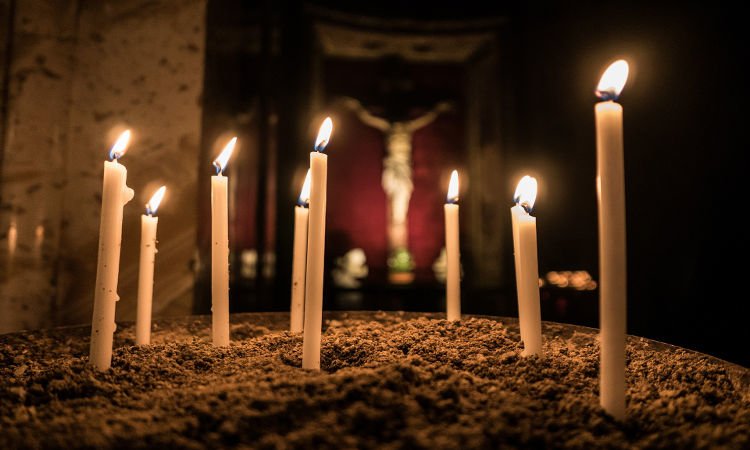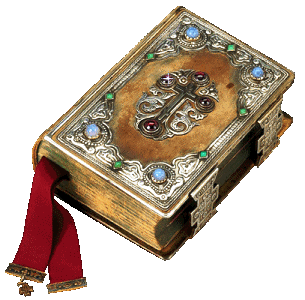- Details

Mary, the Most Holy Theotokos, is central in Orthodox worship. The Church consistently seeks the intercession of the Most Holy one, presenting her to the faithful as an example of humility, holiness, faith and devotion to her Son and God, Jesus Christ. Additionally, our All Holy Mother is also a supreme example in how she prepared for her departure from earth to Heaven.
- Details

In the Divine Services of our Church, one of our frequent requests to God is to teach us His "statutes". The term "statutes" or “ordinances” of God is found in both the Old and the New Testaments. We read for example in the very beginning of the Holy Gospel according to Luke (1:6) that ”Zacharias and Elizabeth walked in all the commandments and ordinances of the Lord”. The Orthodox Church has drawn from the Bible the rich terminology of its common worship and thus, naturally, it also adopted the term "statutes" of God. Every day in the Matins, in the Vespers and in the Small Compline we repeat: “Blessed are you, Lord, teach me your statutes”. It is the 12th verse of Psalm 119 (LXX, 118). The very same verse is sung repeatedly in the Evlogitaria – the blessings of resurrection – in Matins of Sunday; in the Funeral Evlogitaria of Saturday; and especially in the Great Doxology, which we read daily at the end of Matins. This request to the Lord is repeated three times:
- Details

In the third Prayer of the Matins service the Priest pleads with God to “teach us, Oh God, Your righteousness, Your commandments and Your ordinances …” We often address similar petitions to God in our common worship services; and this, according to the Lord’s commandment, “Seek first the kingdom of God and His righteousness, and all these things shall be added to you” (Mat. 6:33). The Lord ascribes great importance to the acquiring of righteousness as this becomes evident by the fact that in He includes also one of them in His Beatitudes: “Blessed are those who hunger and thirst for righteousness” (Mat. 5:6); which means that blessed are those who are not simply seeking for righteousness, but those who are anxious, like the hungry and thirsty ones, who are searching to find food and water in order to satisfy their hunger and thirst.
- Details

Every day we read during matins about the lives of the saints (the synaxaria), their devotion to Christ even until death, the miracles that they performed through their prayers and their remarkable ascetic feats – some lived on pillars and others in deserts. Indeed many of them form an impression that the saints were not ordinary people like us. Many think that those saints who had the courage to face the beasts that were released to devour them with joy or those who kept the peace of their souls even during the harshest trials and tribulations lived in monasteries and hermitages and not in societies like us!
- Details

Sunday of the Holy Fathers of the 4th Ecumenical Council
Feast Day of all the great saints who have shone in Pisidia and Pamphylia
In our daily worship services we make repeated references to the Saints of our Church, with the All Holy Mother of Christ the Savior taking receiving first place. The Celebrant frequently exhorts: “Remembering our most holy, pure, blessed, glorious Lady Theotokos and ever virgin Mary, with all the saints …” In our common worship we commemorate the Saints and honor them with hymns and supplications, seeking their intercessions with God. This is done every day throughout the whole year. There are even days where thousands of Saints are honored, like today, when we celebrate the festal gathering (Synaxis) of more than 15,000 Saints of Pisidia and Pamphylia. This is done in addition to the commemoration of the 630 Holy Fathers of the Fourth Ecumenical Council of Chalcedon (in 451 A.D.).





